Overview

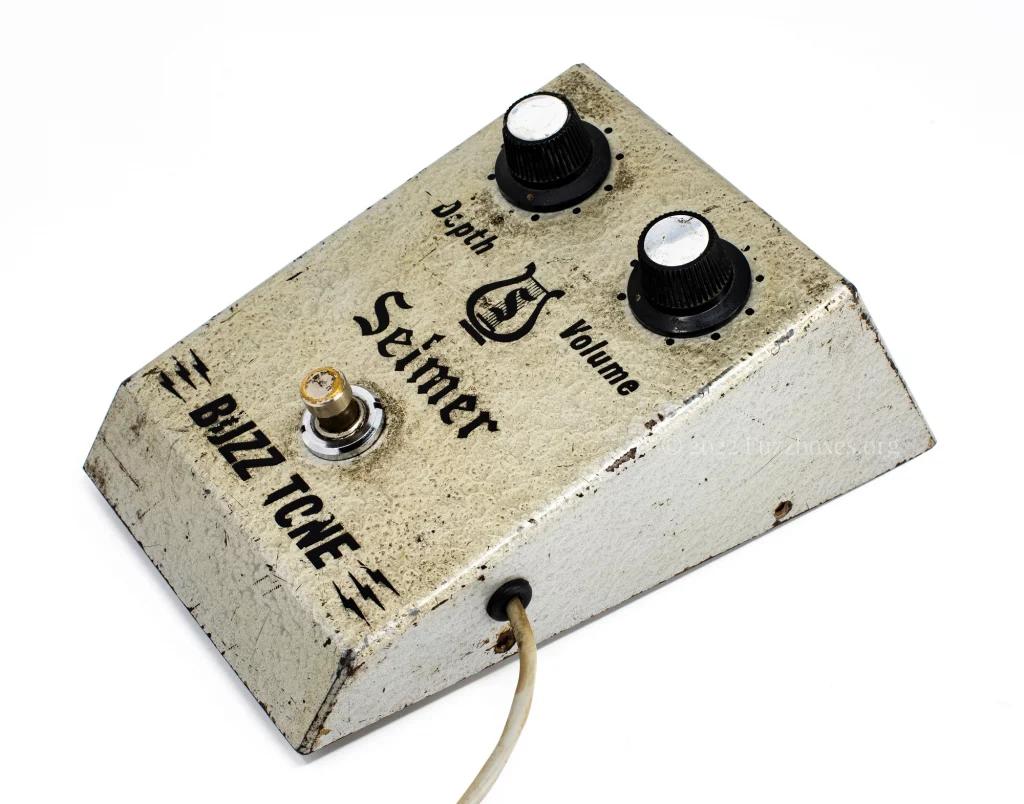
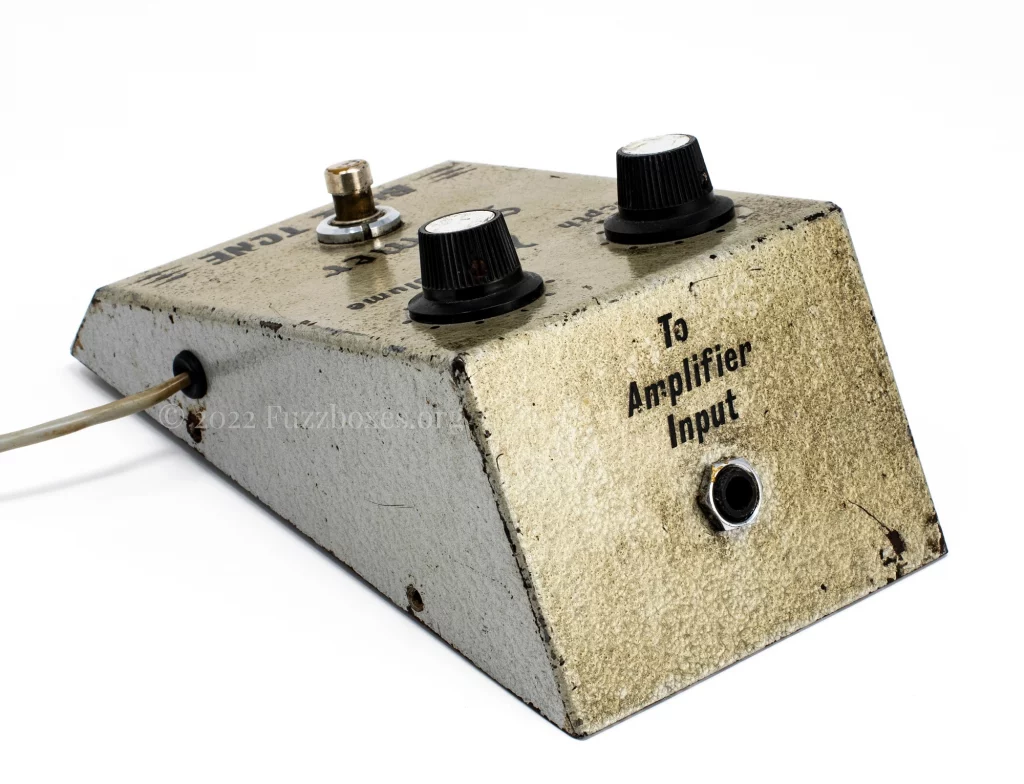
Selmer is a household name among brass and woodwind musicians, but for a brief period, the organisation’s branch in the UK offered equipment to electric guitarists too, via what would go on to become the company’s famous showroom at 114-116 Charing Cross Road. During the mid-1960s, Selmer equipment was being manufactured at a factory in Holborn, London,1, and so it’s quite likely that this is where the Buzz Tones were assembled.
The Selmer Buzz Tone was an early British fuzz box design, and was already being presented at the British Musical Instrument Industries Trade Fair in August of 1966. Selmer printed regular advertisements for the model in the British press during late 1966, and a selection of cuttings are pictured below.



It is unknown for how long the Buzz Tone remained in production, but the basic fuzz circuit from the Buzz Tone was eventually redesigned, and it found its way into Selmer’s more sophisticated Fuzz-wah pedal, which was introduced in 1968.2 The very low number of extant Selmer Buzz Tone pedals suggests that the model might not have been manufactured at the same sort of scale as some of Selmer’s contemporaries.
Tech specs
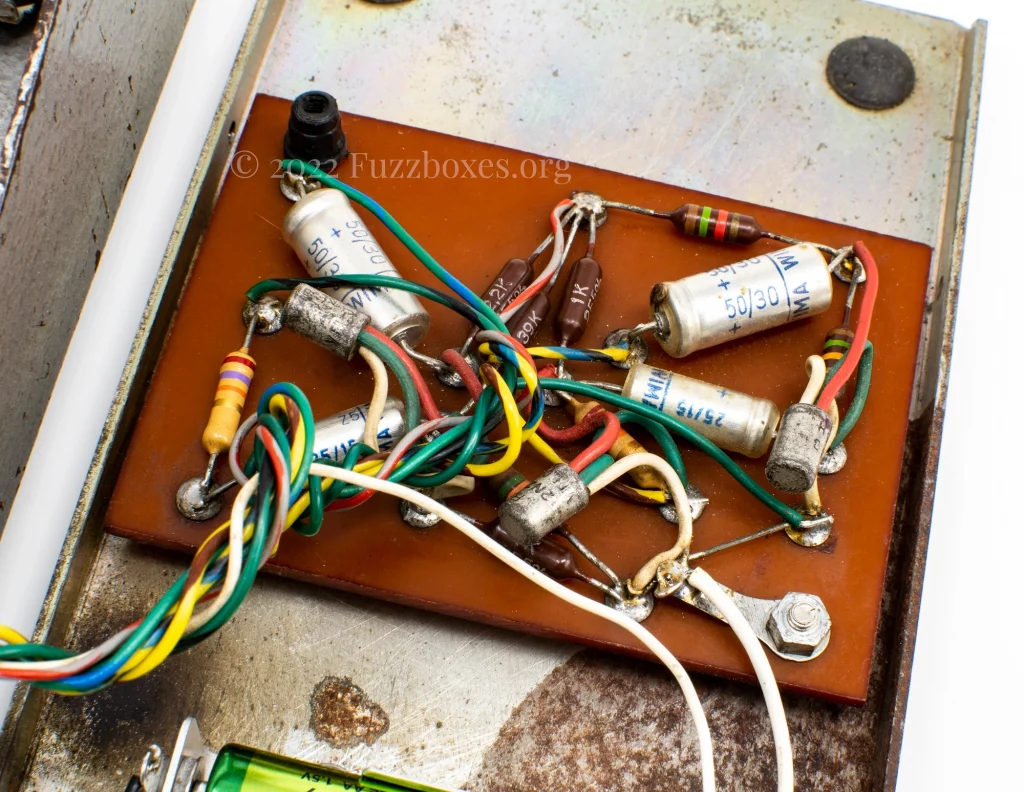
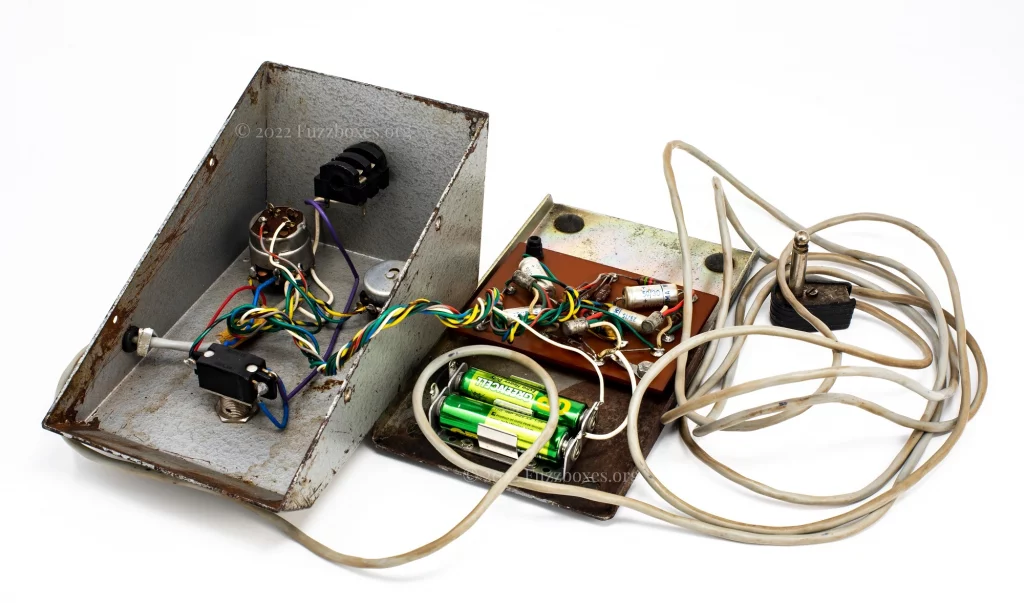
Prior to the surge in demand for fuzz boxes in 1965, Selmer were already offering Gibson’s Maestro Fuzz-Tone to the British market,3 and so it comes as little surprise that the pedal of their own was both visually and electronically inspired by its American counterpart.
Just like Gibson’s earlier fuzz box, the Selmer Buzz Tone featured a three-transistor circuit, and the components were also mounted to an eyelet board. Buzz Tones also came equipped with a hard-wired input cable, and were housed in a heavy, steel enclosure.
The bottom cover can be rather difficult to remove when replacing batteries in the Selmer Buzz Tone. That, along with the precarious manner in which the two halves of the enclosure are connected together, by the wiring of the circuit, offers a possible explanation for why so few examples of the Buzz Tone have survived.
It’s unclear what sort of supply voltage Selmer intended for the Buzz Tone to run off. Selmer’s factory schematic (pictured below) recommends 3 volts, whereas an early advertisement states 1.5 volts.
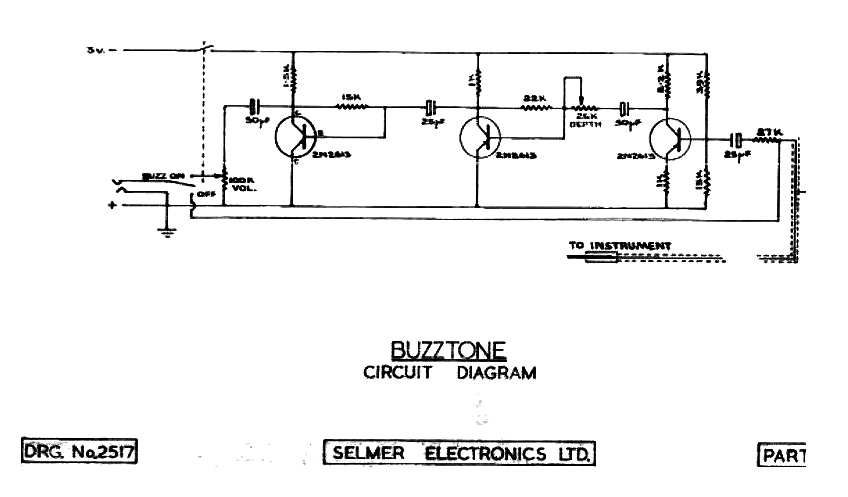
European connections
A number of original examples of the Buzz Tone have since resurfaced in Germany and in Switzerland, so it’s possible (but unconfirmed) that Selmer might have offered their fuzz box to international markets in addition to Britain’s. Selmer’s relationship with the Höfner company in Germany lends weight to this theory, particularly, given that Höfner would go on to release their own version of the Buzz Tone in 1967.
The Selmer Buzz Tone pictured below — with non-original knobs, and a circuit that has presumably been rebuilt at some point — formerly belonged to the Krautrock group, Amon Düül II. (Credit: A. Dehn)
Pink Floyd
A popular talking point about the Selmer Buzz Tone is its speculative link with Pink Floyd. Pink Floyd famously used Selmer amplifiers early on in their career, and there’s a long-standing rumour that Syd Barrett used the Buzz Tone during his brief period with the group. Unfortunately there’s no direct evidence yet to substantiate this.
Syd Barrett was photographed on two occasions using a British-built Sola Sound Tone Bender (as opposed to an Italian-built Vox Tone Bender, as some publications incorrectly state), and he also revealed in an interview to have at one point been using a “home-made” fuzz box.4 Nevertheless, the possibility that Barrett may briefly have performed, recorded, or otherwise experimented with a Selmer Buzz Tone remains open, and I would greatly welcome any further evidence to support it.
Share your fuzz!
I welcome any comments, feedback, queries & corrections in relation to the Fuzzboxes.org project. Please get in touch via this contact form (or on the ‘contact‘ page).
Much of our understanding of the development of 1960s fuzz boxes comes from analysis of surviving pedals themselves, and so photos of pedals belonging to readers are particularly useful in furthering this research.
If you would like to contribute pictures of 1960s-era guitar effects to Fuzzboxes.org, then feel free to send in any pictures via the uploader below. Photos are greatly appreciated, and any submissions are not published on this website without advance agreement with the contributor.

